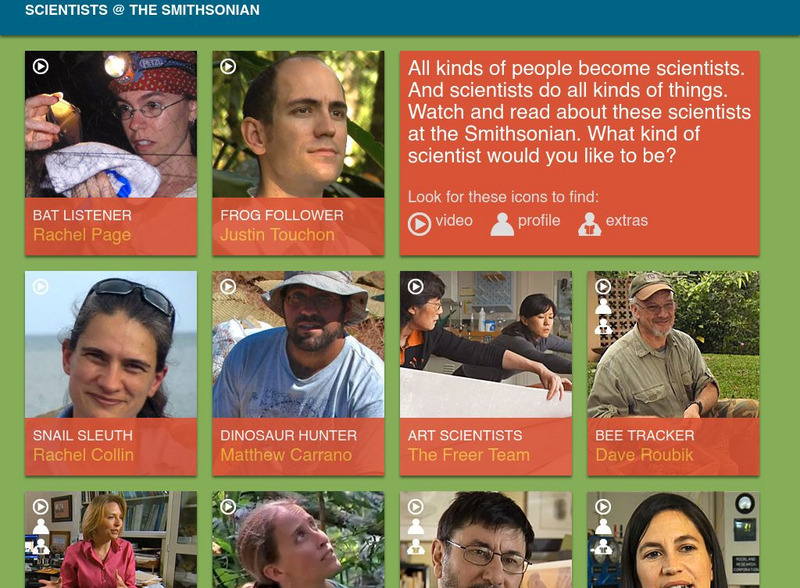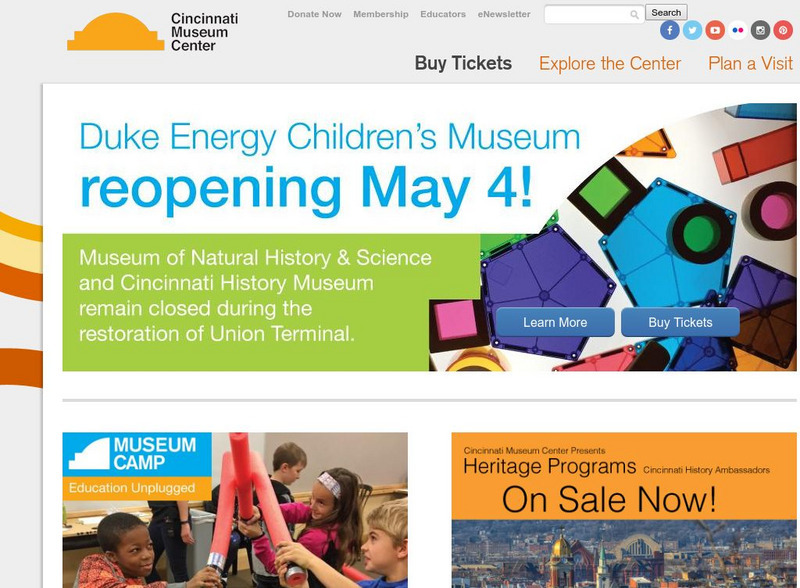Hi, what do you want to do?
Curated OER
Analogies
In this analogies learning exercise, students complete the analogies about fuel, carbon dioxide, decay, and more. Students complete 10 analogies.
Curated OER
Climate Change Challenge
Students explore the issue of climate change through participation in an interactive game show. They explore climate change issues in the news. Students write and discuss their own questions about climate change.
Curated OER
The Energy Debate - Conclusion
High schoolers write a persuasive essay about the choices in the energy debate. They comprehend the environmental consequences that accompany the decision. Students predict how they will power their future.
Curated OER
What is Coal?
Students receive instruction to answer the question "What is coal?". They then participate in several puzzles and problems to explore the subject of coal. They solve addition and subtraction problems and match letters with the letter...
Curated OER
Pollen Tracks
Students participate in an artificial dig investigating imitiation rock samples that contain "pollen" from ancient plants. Students determine which plants the pollen samples came from.
Curated OER
The Energy Debate - Sea Level Rise
Students comprehend the impact of global warming on our coastal cities. They appreciate how geographic information systems can be used to represent scientific data. Students research the melting of the ice caps in Antarctica and the Arctic.
Curated OER
Acid Rain - Go Away
Students set up an experiment and make observations of the effect of acid rain.
Curated OER
Earth Epochs
Learners explore earth epochs, i.e, Permian, Precambrian, Cambrian, Ordivician and through pictures they see what life on Earth and animals looked like. They organize Earth Epochs according to years going from greatest to least...
Curated OER
Solar Matters
Students design an energy resource wheel and demonstrate how to use it to access information about renewable and nonrenewable energy sources.
Curated OER
Powered Up About Electricity!
Students study the process of turning coal into electricity. In this electricity activity, students are guided by their teacher through the steps required to turn coal into electricity. Students complete a worksheet answering questions...
Curated OER
Global Warming--Points of view
Students are introduced to global warming through analysis of political/editorial cartoons dealing with the subject. They discuss the cartoon and what the feel it means and then discuss the mechanics of and the concerns about global...
Curated OER
How Much Radiation is Around You?
Young scholars examine the use, misuse and fear of radiation. They read an article about radiation on food and discuss the positives and negatives of this process. They answer questions to complete the lesson.
Curated OER
Not Just For A Baby's Bottom
Eighth graders investigate the presence of talc in the geologic record. The different characteristics of talc is covered. The lesson plan includes background information for the teacher.
Curated OER
Smog Be Gone
Students begin the lesson by identifying greenhouse gases. In groups, they observe and record the effect of the gases on the atmosphere and the temperature of the Earth. They participate in activities that describe the role of...
Curated OER
Scheduled Events: indicating planned activities and events
For this activities and events worksheet, students choose the correct words to complete the sentences about planned activities and events. Students complete 12 sentences total.
Curated OER
Leonardo the Genius
In this artists history worksheet, learners read an excerpt about Leonardo Da Vinci. They suggest what natural abilities, attitudes, and personal characteristics he would have needed to do all the famous works that he painted. Students...
Curated OER
Philadelphia's Important Contribution to the Lewis and Clark Expedition
Students analyze a primary source document (Jefferson's secret letter to Congress) and identify its objectives through the aid of focus questions. They complete a graphic organizer and write an article summarizing Philadelphia's...
CK-12 Foundation
Ck 12: Third Grade Science: Earth Science: Fossils of Plants and Animals
[Free Registration/Login may be required to access all resource tools.] Explains what fossils are, describes how they form, and discusses what scientists can learn from fossils.
Smithsonian Institution
Smithsonian Institution: Scientists at the Smithsonian
This is a collection of video interviews with twenty Smithsonian scientists who work in a scientific areas as vastly different as measuring the moon and figuring out what kinds of birds collide with aircraft. An interesting way to...
Other
Cincinnati Museum Center
This site describes the Museum of Natural History and Science in detail and provides links to other programs and exhibits offered.
American Museum of Natural History
American Museum of Natural History: O Logy: What's the Big Idea? Paleontology
Snapshot reference on paleontology explains how the fossil record drives this area of science.
Curated OER
Science Kids: Science Images: Hadrosaurus Bones
This picture shows a plate from an 1865 lithograph of fossilized Hadrosaurus bones. Hadrosaurus lived in the late Cretaceous Period (around 70 million years ago). It was a herbivore (plant eater) and moved on two legs.
Curated OER
Science Kids: Science Images: Avaceratops
This drawing shows the possible appearance of Avaceratops, a dinosaur from the late Cretaceous Period. The first fossil remains of Avaceratops were found in 1981 in Montana, USA. Like other Ceratopsian dinosaurs, Avaceratops was a...
Curated OER
Science Kids: Science Images: Prenoceratops
This drawing shows the possible appearance of Prenoceratops, a dinosaur from the late Cretaceous Period (around 80 million years ago). Prenoceratops fossils have been found in the US state of Montana. It belonged to a family of dinosaurs...

























